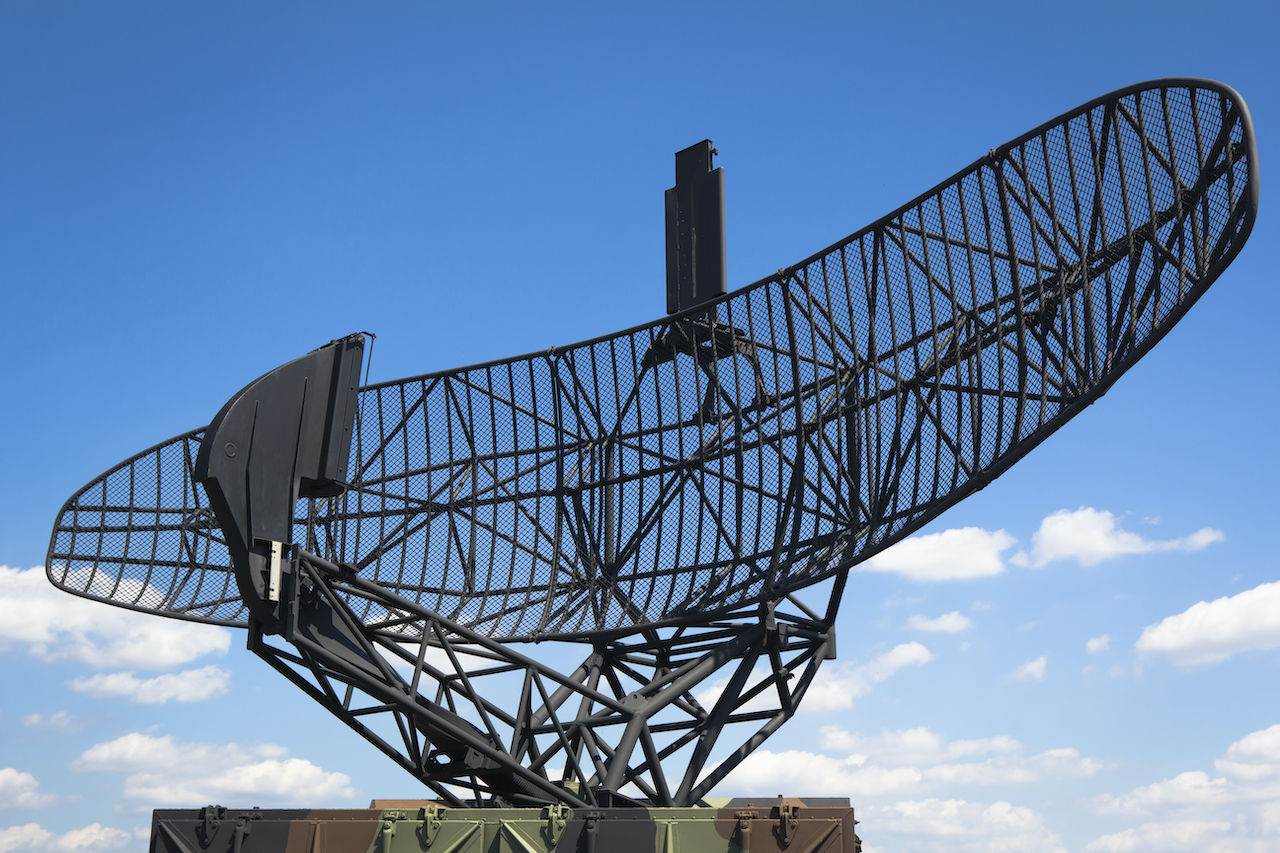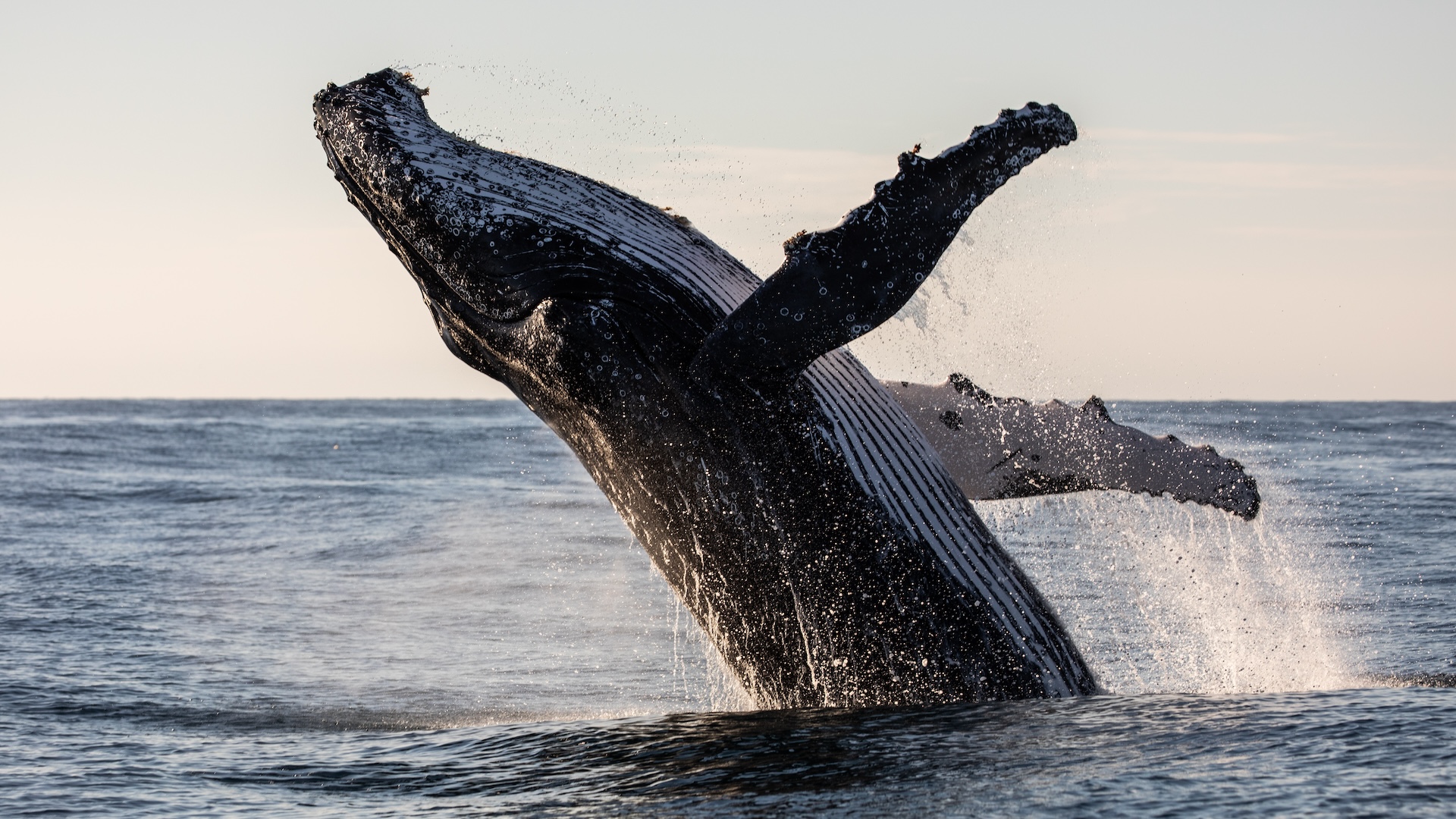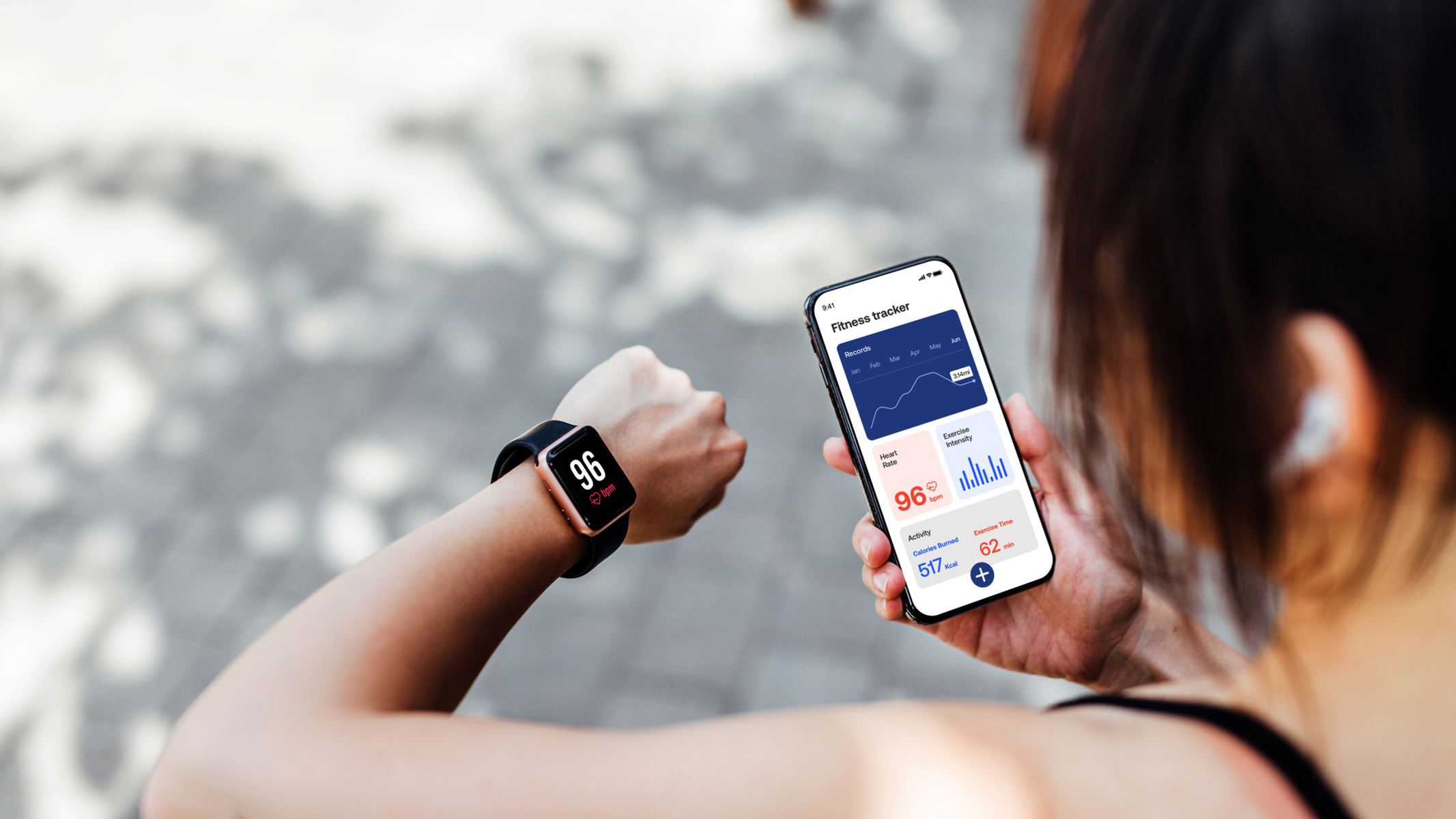How radar works: The technology made famous by war
Radar uses radio waves to enable us to see what’s around us even when our eyes can’t

Radar was among the most important technical breakthroughs of the Second World War. The technology helped Britain and its allies emerge victorious during the Battle of Britain, the air war fought over UK skies in 1940, according to Imperial War Museums (IWM).
Radar – which stands for Radio Detection and Ranging – is a detection system that uses radio waves to locate objects. It is still widely used today, but as technology has advanced they now often harness microwaves, according to the Earth Observing Laboratory. These are at the higher frequency end of the radio spectrum and provide more accurate readings.
Related: What is electromagnetic radiation?
Invention of radar
Although this literal trial by fire made radar a household name, the technology behind it started life much earlier and centred around the study of electromagnetic (EM) waves.
EM radiation is a form of energy that is everywhere and can take on lots of different forms, such as radio waves, microwaves, X-rays, gamma rays and ultraviolet (sunlight). EM waves also form the basis of how mobile phones and wireless computer networks function.
And back in 1885, it was Scottish physicist James Clerk Maxwell who came up with the idea that perhaps radio waves could be reflected by metal objects, just like light waves could.

A few years later, German physicist Heinrich Hertz set out to prove it. In an experiment he conducted in 1888, he discovered that they were indeed reflected back. As the first person to apply the theories of Maxwell, the unit of frequency of an EM wave was named a hertz after him, Live Science previously reported. In 1904 a patent was issued to a German engineer called Christian Hülsmeyer for what was termed ‘an obstacle detector and ship navigation device’. Not a catchy name, but nevertheless — a type of early radar system had been born.
Despite that, it was not until the 1930s that there was a need for the technology, mainly due to the invention of long-range military bombers, which prompted countries to invest in a system that could detect their approach and provide early warning, according to Encyclopaedia Britannica.
All of the major world powers at the time continued research, but it was the USA and UK that were able to refine the technology. Scottish physicist Sir Robert Watson-Watt, known as ‘the father of radar’, took the science that had gone before and created the workable system that formed the basis of modern radar , according to the Royal Society.
How does radar work?
A typical system has four main components, these are:
• Transmitter: The source of the radio pulse.
• Antenna: Needed to send the pulse out into the ether and receive it when it is reflected back.
• Switch: This tells the antenna when to transmit or receive the pulses.
• Receiver: Required to detect and turn the pulses, which come back into a visual format to be read by an operator.
The process of directing artificial radio waves towards objects is called illumination. Although radio waves are invisible to the human eye as well as optical cameras. According to NASA, they are sent out at approximately 300,000,000 metres per second – the speed of light.
Some of the reflected radio waves (echoes) are directed back toward the radar where they are received and amplified, with the data being interpreted by skilled operators with the help of computers, according to the Australian Bureau of Meteorology. Once returned, they provide information such as range and bearing.
Radio waves are cheap to generate, can pass through snow, mist and fog and are safe, unlike gamma and X rays.
Radar can be used to detect ships, planes and satellites, or closer to home – radar speed guns are used by the police to calculate how fast cars are going, with any that are going too fast in line for a speeding ticket, according to Encyclopaedia Britannica. Meteorologists also use radar to map and track weather systems around the world.
Battle of Britain

During the Battle of Britain, radar enabled the RAF to detect incoming German aircraft using radio waves, according to the RAF Museum website.
From radar towers dotted around the South and East of the country, the system would send these waves out, which would keep travelling until they hit something, like an incoming plane, and be bounced back to be picked up by the receiver. By calculating how long it had taken the waves to return, skilled operators could figure out the altitude, range and bearing of the incoming enemy planes, according to the RAF.
By doing so, it gave the RAF enough time to scramble its own planes to meet the incoming threat. Being in the right place at the right time helped the UK win the battle and landing a killer blow to the invasion plans of the Third Reich, according to a radar operator’s account, published by the BBC.
Doppler radar

Without doubt, one of the biggest advances in post-war radar technology was Doppler radar, according to Encyclopaedia Britannica. With a need to defend against bombers now gone, the new motivation to refine the technology was using it to track the weather.
While ordinary radar can figure out range and location, Doppler can tell us information about an object’s speed too. It works on the principle of the Doppler Effect, the idea that waves produced by an object will be squeezed closer together if it is moving towards you, or will spread out if it is moving away.
This is used for tracking weather systems which are constantly on the move, according to the National Oceanic and Atmospheric Administration (NOAA).
They can gather a huge amount of information too so modern Doppler radars depend on increasing processing power.Doppler radar is also what you would find in a police speed gun too!
Additional resources and reading
You can observe and track the precipitation detected by NOAA’s radar technology live using the interactive radar viewer webpage.
Do you want to know more about how radar technology is transforming transport safety? Hear from an expert panel at the Future of the Car Summit 2020 in this video by NXP.
Bibliography
"Robert Alexander Watson-Watt. 13 April 1892 -- 5 December 1973". Biographical Memoirs of Fellows of the Royal Society (1975). https://www.jstor.org/stable/769695
"Grand Challenges in Radar Signal Processing". Radar Signal Processing (2021). https://www.frontiersin.org
"Doppler Radar Probing of the Clear Atmosphere". Bulletin of the American Meteorological Society (1978). https://journals.ametsoc.org
Sign up for the Live Science daily newsletter now
Get the world’s most fascinating discoveries delivered straight to your inbox.

Mark Smith is a freelance journalist and writer in Liverpool, England. A graduate in Information Systems, he has written on business, technology and world affairs for organizations ranging from the BBC, The Guardian, The Telegraph and How It Works Magazine, as well as magazines and websites in the United States, Europe and South East Asia. Subjects of his writing have ranged from quantum computing to the VFX of Tron. He is the author of "The Entrepreneur's Guide to the Art of War," which Booklist called "Essential reading for the business leaders of tomorrow and a fascinating study of the boardroom as the new battlefield."










